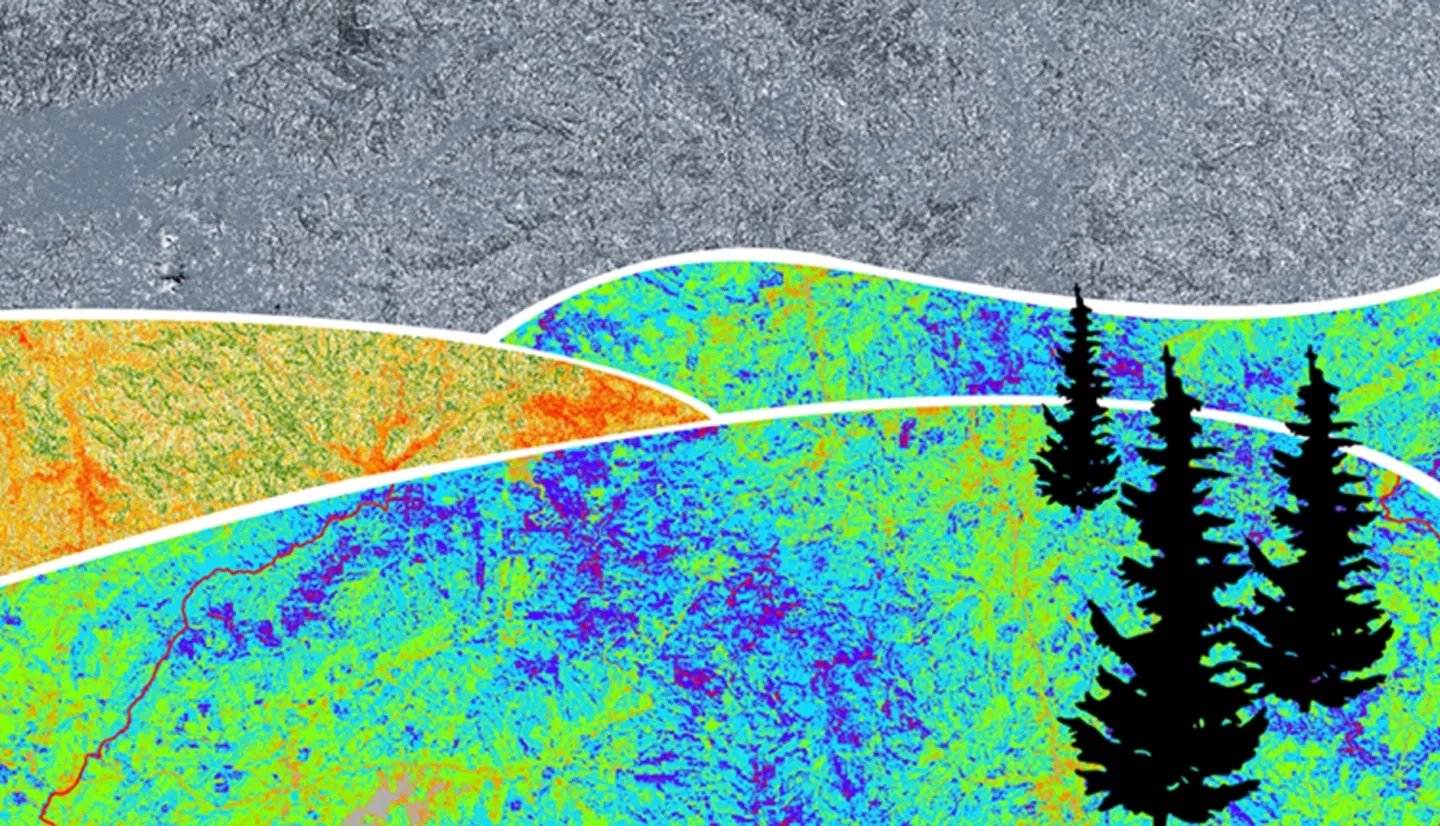
Wildfires in the southeastern US are understood less than those in other portions of the nation. In October and November 2016, over sixty individual wildfires ignited among seven states in the Southern Appalachian region. These fires damaged hundreds of buildings, caused numerous power outages, and resulted in fatalities. These unusually destructive events highlight the need to improve awareness of fire susceptibility and risk in the southeastern US. The US Forest Service requires a thorough understanding of wildfire vulnerability, damage, and recovery to effectively help local communities respond to and prepare for these events. The University of Georgia NASA DEVELOP team partnered with US Forest Service Southern Research Station to assess vegetation dynamics before and after the 2016 wildfire events, focusing on GA, NC, and TN. This was accomplished by utilizing Landsat 8 OLI, Terra ASTER, and Terra MODIS data to evaluate land cover changes from October to December 2016 and assess the severity of these fires. In addition, this project incorporated demographic data to examine the association between fire risk and under-managed lands, such as heirs' properties, and to construct a model of social vulnerability to wildland fire hazards in the study area. The results of this project provided researchers at the US Forest Service with an increased understanding of how property ownership and community management practices can affect future wildfires, as well as how the spatial distribution of socioeconomic variables affects residents' ability to adapt and recover.



